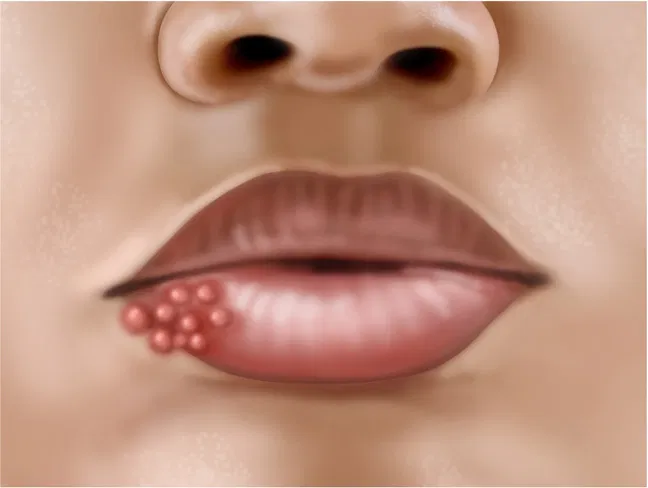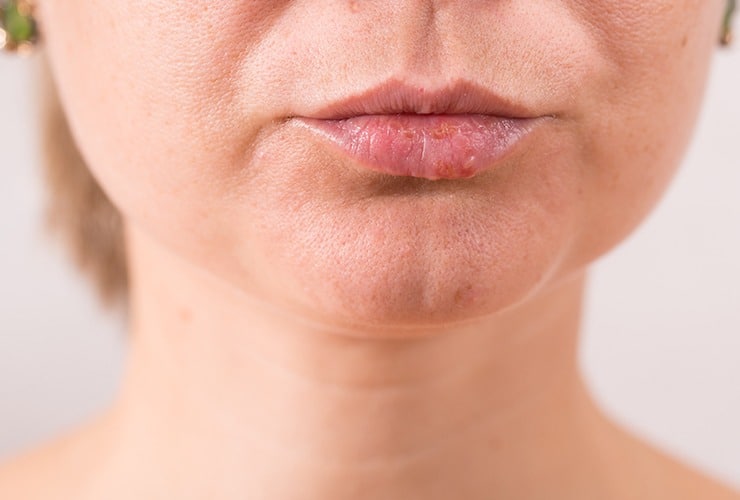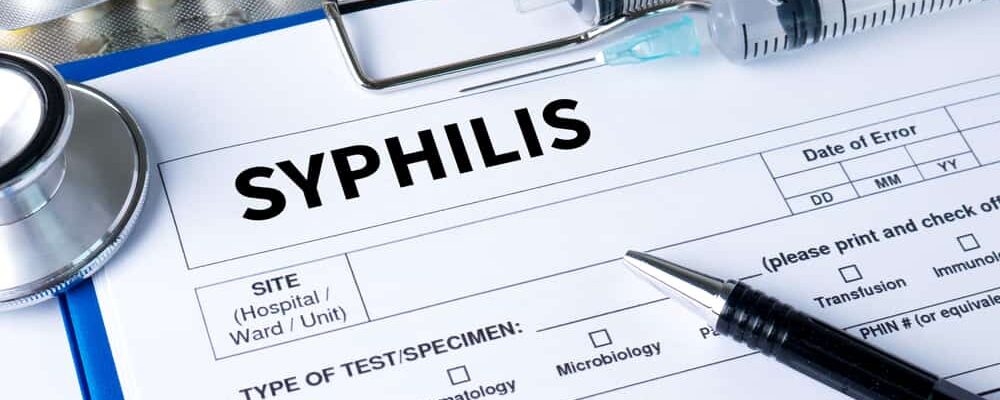Syphilis is a sexually transmitted disease (STD). Syphilis symptoms when detected early can be easily treated in stages. However, if it is delayed, it will cause many complications, even life-threatening.
Define
What is syphilis?
Syphilis is a sexually transmitted diseases (STDs) caused by bacteria that infects the skin, mouth, genitals, and nervous system. If detected early, the disease is easily cured and does not cause any damage or consequences. However, if left untreated, it can cause serious damage to the brain or nervous system and other organs, including the heart.
Who usually gets this sexually transmitted diseases (STDs) ?
The disease can infect anyone. Syphilis in men is increasing, while the rate of women with syphilis has decreased somewhat since 2010. Male patients with this disease are often due to homosexuality.
Symptoms and signs of syphilis
What are the signs and symptoms of syphilis?
This sexually transmitted diseases (STDs) has 3 stages:
State 1:
Signs of syphilis that occur 2 to 4 weeks after infection include sores (chancres) where the bacteria entered the body. The sores are usually concentrated on the genitals but can also appear on the mouth or rectum (anus) if these parts are also involved in sexual activity with an infected person. The sores may heal on their own in 1-5 weeks.
If left untreated, symptoms of stage 2 syphilis will begin 6-12 weeks later. This stage can last silently for many years, symptoms at onset often include:
- Fever
- Headache
- Athritis
- Loss of appetite
- Rash (on the genitals or mouth, especially on the palms and soles)
- Sore throat
- Swollen glands (armpits, groin, neck)
- Tired
Stage 3:
Begins about 10-40 years after the onset of infection. Symptoms of syphilis at this stage include damage to the heart and brain, memory problems, paralysis and problems with balance.
Some people may not experience any signs of syphilis in stage 2 or 3.
There may be other symptoms not mentioned. If you have any questions about symptoms, consult your doctor.
When do you need to see a doctor?
You should seek medical attention right away if you notice any of the above sexually transmitted diseases (STDs) symptoms or any other abnormalities in your groin area after having sex.
Reason
What is the cause of syphilis?
Syphilis is caused by a bacteria called Treponema pallidum caused, usually sexually transmitted. In very rare cases, the bacteria can be transmitted through a break or cut in the skin after touching an infected person’s sores. The disease is not spread by contact with toilet seats, swimming pools, hot faucets, bathtubs, sharing clothes or food containers.
Risk factors of sexually transmitted diseases (STDs)?
What factors increase the risk of syphilis?
If you have HIV, you are more likely to get and transmit this disease. Once the disease does not make the body immune to the disease and you can still get infected again. The disease can be transmitted during the first 2 stages of the disease. A mother with syphilis can also pass the infection on to her unborn baby.
Sexually transmitted diseases (STDs) treatment:

The information provided is not a substitute for medical professional advice. Always consult your doctor.
What methods are used to treat syphilis?
Depending on the stage of syphilis, the doctor will apply different treatment methods:
- Stage one of syphilis is easiest to treat and is treated with injections or oral antibiotics.
- If you are in stages 2 and 3, you need to take antibiotics for a longer time.
Your doctor regularly tests your blood during treatment to make sure you’re completely cured.
What medical techniques are used to diagnose syphilis?
Doctors diagnose syphilis based on the history and physical examination, mainly focusing on the genitals, mouth, and anus. If syphilis is found, the doctor will test for syphilis by removing a piece of tissue or fluid from the sore to look for bacteria, using a special microscope called a dark field microscope.
Your doctor will perform a VDRL blood test to determine if antibodies (substances produced by the immune system to fight bacteria) are present. Treponema pallidum) or not. Your doctor may also recommend testing your recent sexual partners.
Life style and living habits
What lifestyle habits help you limit the progression of syphilis?
You can keep your condition under control by following these tips:
- Do not stop taking the medicine or change the dose on your own, even if you feel better, until your doctor tells you to.
- Tell your doctor if you are pregnant to avoid spreading the disease to your unborn baby.
- Tell your doctor if you are allergic to any medications, especially penicillin.
- Wash your hands often to avoid spreading disease.
- Use safe sex practices such as condoms.
- Tell your sex partner about your syphilis treatment so they can get tested.
- Avoid sex for at least 2 weeks after your treatment or until your doctor tells you to.
- Check for other sexually transmitted diseases.
If you have any questions, consult your doctor for the best sexually transmitted diseasestreatment support.









